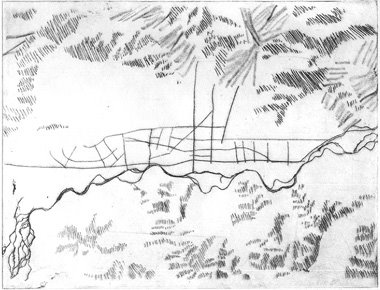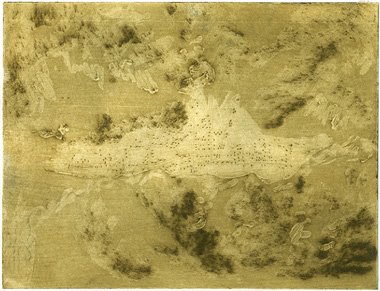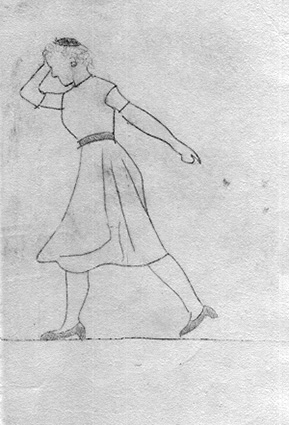The ideal way to work on a project is to ask a question you don't know the answer to. (Francis Ford Coppola)
I'd like to do another map-based print, and Darfur came to mind as a troubled region that I might focus on. But first I need to educate myself. I don't know much about the situation in Darfur. I've heard about it often, mostly in bits and pieces, but I haven't taken the time to seek out information.
So today I did some preliminary research. I looked at aerial views of the region, including some views of burned villages.
I also looked at photographs and read articles about the Janjaweed. The Janjaweed are the notoriously brutal unofficial militia that allegedly work for the government of Sudan. The Janjaweed raid Darfurian villages, often on horseback, setting huts ablaze, raping women, and killing the men and livestock. An article on Wikipedia states that the word Janjaweed "is an Arabicized version of Jangawee-, which stood for 'faith warriors' among the old Shia communitees of North Africa in the medieval times." That sounds like the concept of jihad, except that I think jihad is conducted against non-Muslims. In Sudan, Jangaweed and the Darfurians they kill are all Muslim. The difference between them seems to be that Janjaweed are Arab Muslim and the Darfurians are tribal African Muslims.
 |
| Photo from BBC News |
A satellite view of the land of Darfur itself is quite beautiful, as you can see below. This is Darfur at the border with Chad.
Please feel free to share with me anything you know about Darfur.

















































